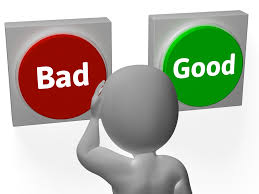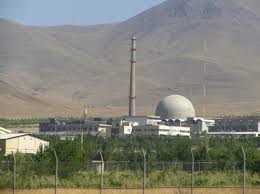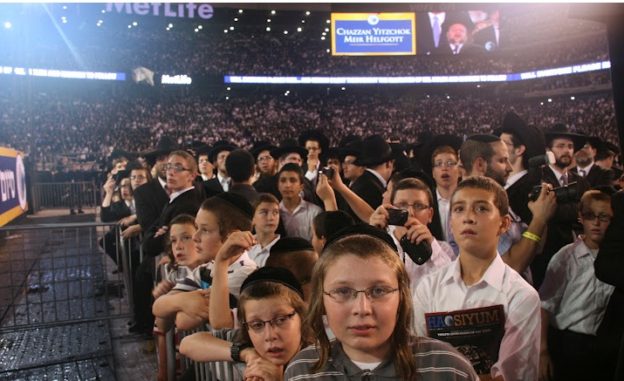What does the word “magazine” bring to mind? A glossy periodical or, perhaps, a news program? To many Americans, the word would more readily conjure a metal receptacle holding up to 30 or more bullets, inserted into a semi-automatic weapon. The sort favored by soldiers on battlefields. And people intent on killing as many civilians as possible at, say, a school, military base, office party, church or club.
The Second Amendment to the U.S. Constitution, which provides American citizens a right to own lethal weapons, was, in my opinion, a bad idea. Had I been a Founding Father (instead of a Fumbling Grandfather – though I much prefer my current role), I would have opposed it. And were there a current effort to repeal it, even though I own a gun, I’d readily support it. Many civilized countries, including Israel, manage quite well without any such right. The Constitution, after all, isn’t Torah MiSinai.
It is, however, for better or worse, the law of the land. And so we must face the fact of repeated mass shootings in America squarely within the context of a right to bear arms.
But that right, like every Constitutional right, can be limited.
There are more types of guns than you can fire an automatic rifle at. A short primer, for unarmed readers: There are handguns, like pistols and revolvers, that are usually semi-automatic – meaning that they can fire rounds in close succession, one round with each pull of the trigger. They are, however, limited in how many bullets they can hold. Most hold only a few, although the handgun used by the Fort Hood shooter was equipped to shoot 20 rounds in 5.3 seconds.
Then there are semi-automatic rifles, like the one the Sandy Hook shooter used as his primary weapon. His Bushmaster M4 Type Carbine held magazines of 30 bullets each. Semi-automatic rifles were used as well in the Aurora, Colorado massacre, the Roseburg, Oregon community college massacre and the San Bernardino, California massacre.
And in the recent carnage in Orlando, Florida, where Omar Mateen, employing a Sig Sauer MCX rifle, murdered 49 people and wounded 53.
Then there are “fully automatic” weapons, often called “machine guns,” which have high-capacity magazines and fire bullets as long as the trigger is squeezed.
Fully automatic weapons have long been strictly regulated by the federal government. Most semi-automatics were banned for sale in the U.S. for many years but Congress allowed the 1994 federal ban to expire in 2004. Efforts to renew it have failed.
Semi-automatic weapons, which were developed for military use, are marketed as “sporting rifles.” A popular one, the AR-15, is lauded as “America’s rifle” by the National Rifle Association (and who among us doesn’t aspire to being a patriot?). But it’s an unusual deer that requires more than a shot or two to fell. Maybe a crazed family of them headed straight at the hunter, but no such attacks are on record (and Jimmy Carter, facing a killer rabbit, did just fine with a paddle).
There are many ways that bad people can wreak havoc. No amount of gun control can prevent a person intent on killing people from doing so with a knife or homemade bomb.
But there are also many tikkunim that could at least limit the likelihood that high-capacity weapons and people with evil intentions can be kept apart. Like “no-buy” lists (with requisite due process protection) and universal background checks for gun purchases (currently not required for purchases from individuals at gun shows or over the internet). And like a new ban on high-capacity semi-automatic weapons.
And, yes, yes, of course, banning Muslims from entering the country. The only problem is that Canada has a larger population percentage of Muslims than we do, and has admitted more than 10 times the number of Syrian refugees since November than we have; and while our country has experienced 136 mass shootings (defined as four or more casualties) thus far this year, Canada has had 8 – over the past two decades. (Only one Canadian gun rampage took place this year, in Saskatchewan. And the killer was a bullied teen, and not Muslim).
Those of us who learn Daf Yomi were recently reminded (Bava Kamma, 15b) of Rabi Nosson’s dictum that a home must be rid of a dangerous dog or wobbly ladder. Is it too much of a stretch to see one’s country as, in a sense, one’s larger home? And to see it as our responsibility – executed to the degree we can as voters – to rid it of lethal weapons?
© 2016 Hamodia









